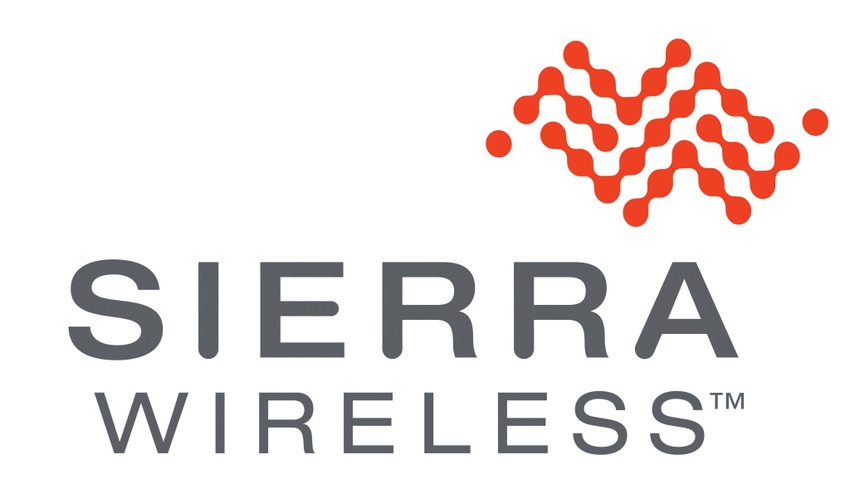Sierra Wireless has created an IoT Acceleration Platform that makes use of an AirVantage M2M cloud it built along with network services it provides and extensions that reach into the Google Cloud Platform.

The challenge and opportunity with the Internet of Things (IoT) is that anything that approaches a solution for the customer requires the mastering of a lot of individual piece parts. To make it simpler for solution providers to tap into an actual IoT platform, Sierra Wireless has created an IoT Acceleration Platform that makes use of an AirVantage M2M cloud it built along with network services it provides and extensions that reach into the Google Cloud Platform.
Rather than forcing solution providers and their customers to pull all those IoT components together on their own, Scott Waldrum, director of product marketing for the AirVantage M2M Cloud at Sierra Wireless, said the IoT Acceleration Platform makes available all the hardware and connectivity required while at the same time providing access to big data storage and analytics services provided by Google.
Naturally, solution providers can construct their own IoT platform. But just getting all the agreements in place needed to begin building that platform would take months. Sierra Wireless, said Waldrum, is providing more of a turnkey approach towards making an IoT platform that can be used to host IoT applications much sooner.
Of course, it’s still relatively early days for IoT applications. While there is no shortage of pilot applications, most organizations have yet to substantially prove the business case surrounding an IoT application. For that very reason cloud computing services are critical. Most organizations don’t want to invest a massive amount of capital to deploy the IT infrastructure required to support an IoT application when they are not sure it’s actually going to work. Cloud computing services not only provide the agility required to deploy that application quickly; it also provides a cleaner exit should that IoT application fail to live up to expectations.
In general, IoT applications are expected to drive trillions of dollars in additional value across multiple vertical industries. The IT infrastructure needed to turn that expectation into an everyday business reality is little more than a means to an end. While there is still much work to done in terms of making it much simpler to build IoT applications, the cloud itself at the very least provides a mechanism through which those applications can be quickly deployed at an unprecedented level of scale.
Perhaps even more importantly, it’s usually only once those applications are deployed that solution providers get to make some serious money by providing the ongoing services needed to actually keep them running.
About the Author(s)
You May Also Like


